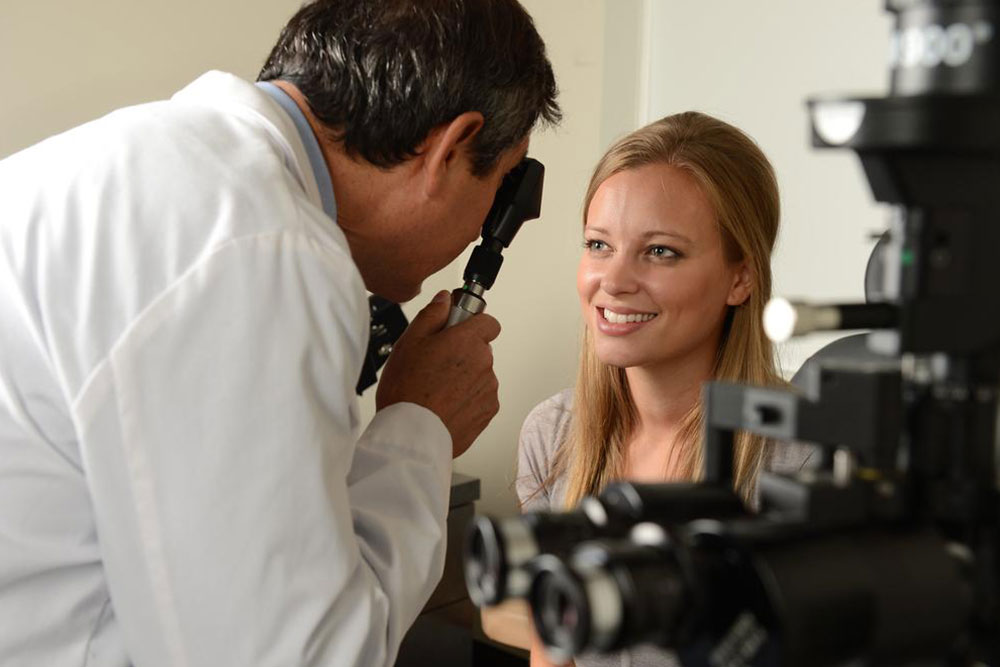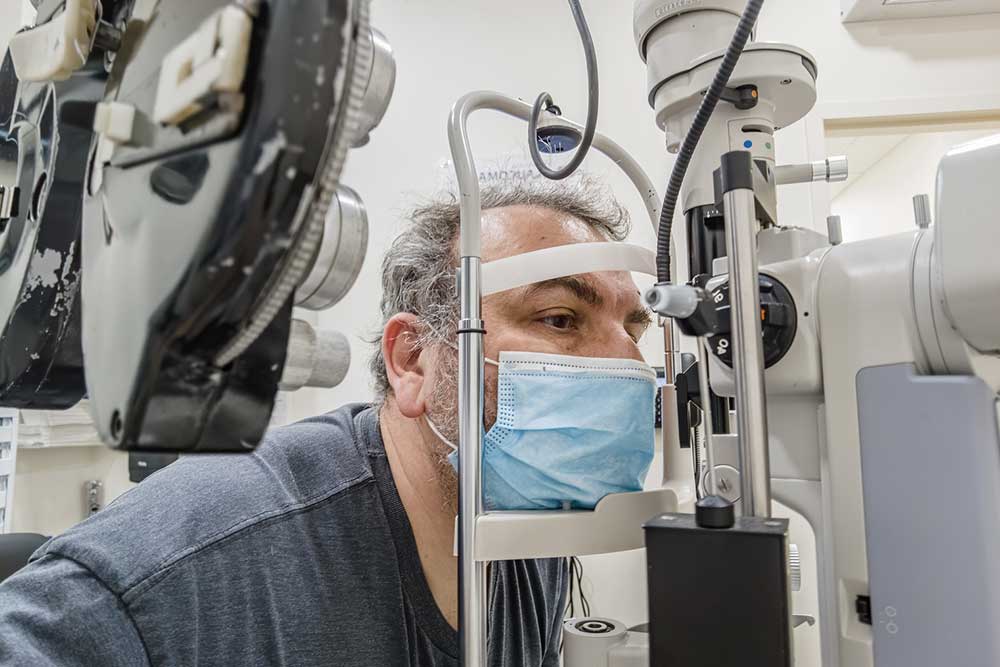Effective Strategies for Cataract Treatment and Management
Learn about effective cataract treatment options, including early non-surgical methods and advanced surgical techniques like phacoemulsification and laser surgery. Early detection and timely intervention can prevent vision loss and improve quality of life, with personalized consultation ensuring the best care approach.

Effective Strategies for Cataract Treatment and Management
Cataracts develop when the eye's transparent lens becomes cloudy, leading to vision difficulties. This cloudiness results from protein aggregation within the lens, blocking light from reaching the retina, which converts images into signals for the brain. Symptoms such as blurred vision, sensitivity to light, and night vision challenges resemble looking through fog. Early detection is vital since the condition progresses gradually. Multiple treatment options, including medical and surgical approaches, can effectively restore clarity and improve quality of life.
Recognizing early signs and seeking prompt care can save your eyesight. Non-invasive methods, like corrective glasses, provide affordable relief in initial stages. When necessary, surgical procedures such as phacoemulsification and other advanced techniques remove the clouded lens and implant an artificial replacement. Consulting an eye specialist will help determine the best treatment plan tailored to your needs. Timely intervention can prevent further vision deterioration and enhance daily functioning.
Non-Invasive Cataract Management Options
If you've noticed symptoms like blurred or double vision, increased glare, or trouble seeing at night, some modifications can help. Updating your glasses, adding anti-glare coatings, or using magnifiers can provide immediate benefits. Smart lighting and wearing hats outdoors may also reduce glare and slow progression. These simple, cost-effective measures combined with professional advice are valuable for managing early-stage cataracts without surgery.
Surgical Procedures to Remove Cataracts
When daily activities are impacted and conservative methods are insufficient, surgery becomes essential. Various techniques exist, with costs varying based on the chosen method. While lifestyle adjustments may delay surgery, advanced cataracts typically require surgical intervention to regain clear vision.
Phacoemulsification Method
This is the most common, minimally invasive cataract surgery, utilizing ultrasonic waves to break up the cloudy lens which is then aspirated. An artificial lens (IOL) is placed to restore vision, often requiring only a single stitch. This approach allows for quick recovery and fewer complications.
Extracapsular Cataract Surgery
In this technique, a larger incision removes the lens in one piece, requiring more stitches and a longer healing process. It is less frequently performed today due to increased risks but may be suitable in certain cases.
Intracapsular Cataract Surgery
This older method involves removing the entire lens and capsule through a large incision, leading to higher complication rates and rare usage in modern practice.
Laser-Assisted Cataract Surgery
This advanced procedure employs laser technology for precise removal, offering increased comfort and speed but at a higher cost, usually between $2200 and $3000. Consult with your eye specialist to select the best approach for your condition and ensure optimal results.


